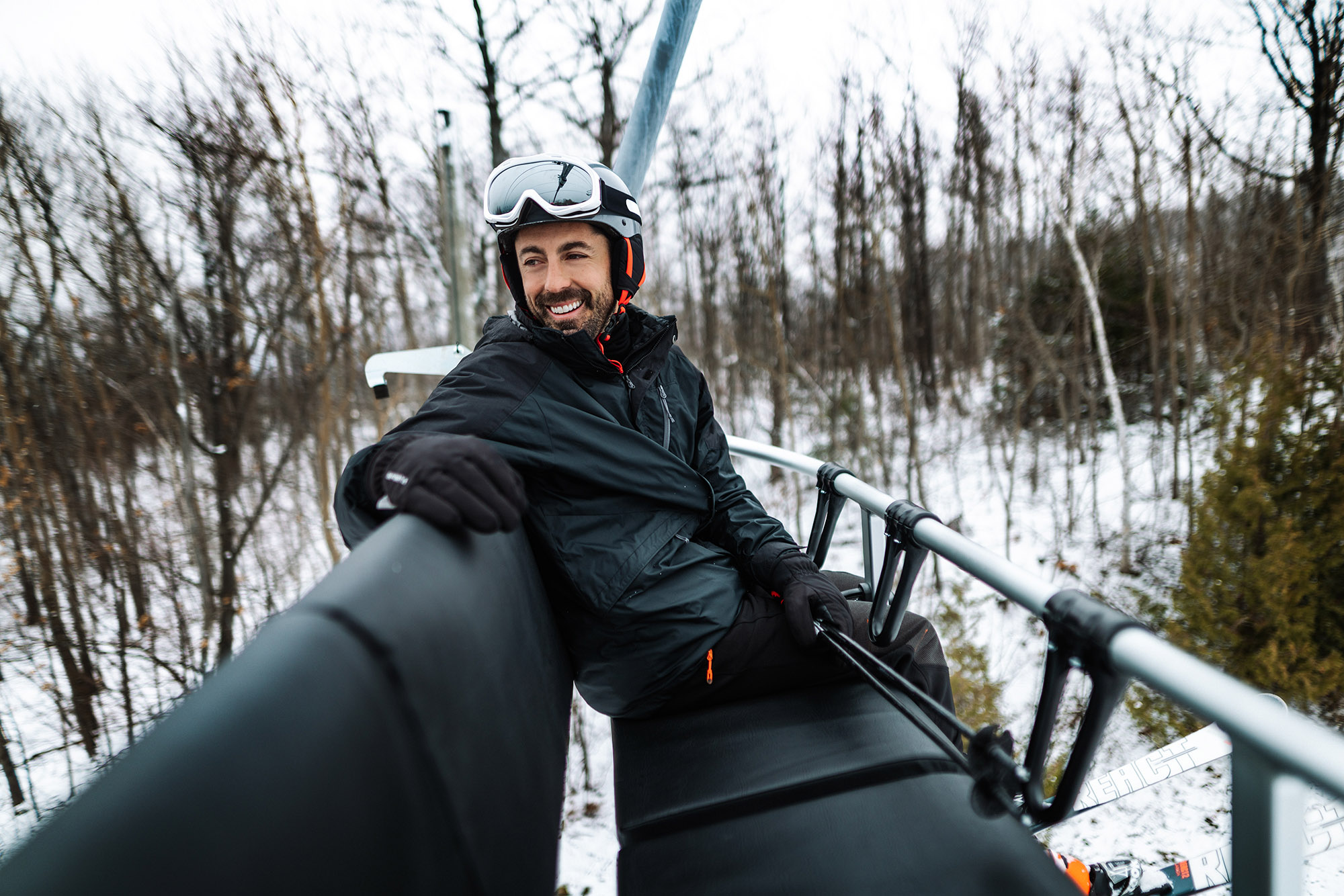The 3 Healthiest Cities to Live in Canada: Where Wellness, Clean Air, and Nature Thrive


Location Criteria for the Healthiest Places to Live in Canada:
When evaluating Canada for well-being-oriented living, focus on three interconnected dimensions:
- Access to Nature and Outdoor Recreation – Places where hiking, cycling, paddling, skiing, or simply routine walks through green corridors are embedded in everyday living.
- Quality of Infrastructure and Community Design – Regions featuring strong healthcare access, walkability, bike-friendly transport, sustainable housing, and a public environment supportive of health.
- Nutrition Culture and Local Food Ecosystems – Communities where locally sourced produce, seasonal menus, and a broader mindset of mindful consumption intersect with place.
Regions that deliver consistent strength across all three factors deliver a lifestyle rather than just a location.
Outdoor Recreation and Natural Wellness Access


Living well in Canada invariably means being in proximity to nature in a meaningful way; when daily movement and fresh-air exposure become habitual, the payoff for physical and mental health escalates.
- In British Columbia, for instance, places such as Vancouver combine seaside pathways, forest trails, and mountain access so that activity and Calgary mountain views are a part of daily life.
- Mid-sized communities like Kelowna and Kamloops offer a mix of accessible recreation and a slower pace, making it possible to blend rest with movement.
- The mental-health uplift from sustained green-space exposure and outdoor activity is well documented; less stress, improved mood, and greater resilience become by-products of living in places where nature is built in.
Choosing a region where nature is an everyday presence - not a weekend excursion - shifts the entire health equation.
Community Design, Infrastructure, and Sustainable Living
The hallmark of a truly healthy place is not simply its beauty but how well it is organized for everyday living, movement, and connection. Key features include:
- Walkable neighbourhoods, robust public transport, and safe bike networks that reduce reliance on a car.
- Policies prioritizing inclusive housing, intergenerational design, and community cohesion. For example, Vancouver has embedded “livability” as a core value within its strategic plan, emphasizing affordable housing, safe public spaces, and inclusive design.
- According to the 2025 Economist Intelligence Unit Global Liveability Index, Vancouver achieved a score of 95.8 and ranked tenth globally among 173 cities assessed.
Even highly-ranked places face constraints - housing costs, infrastructure strain, or healthcare challenges - so the evaluation must go deeper than surface appeal.
Food Culture, Nutrition and Local-Food Ecosystems
Wellness extends beyond exercise; it resides in how people eat, source food, and relate to their environment. In leading Canadian destinations:
- Local farmers’ markets, seasonal produce, and restaurants committed to sustainability create an ecosystem where nutrition supports longevity and community.
- In cities such as Vancouver and Victoria, the plant-based, sustainable-food movement is visible and influential, linking food choices to land, environment, and health.
- This type of food culture supports more than individual health; it fosters community, connection to place, and a broader ethical alignment between body and environment.
In effect, a destination becomes healthy when its food systems reflect its outdoor, community, and infrastructural commitment.
Balancing Urban Convenience and Natural Serenity

Finding a place that offers both functional services (healthcare, transit, employment) and access to calm, natural surroundings often feels like a compromise, but in Canada, there are locales that strike that balance.
- Large cities such as Ottawa or Victoria provide full-service infrastructure yet are surrounded by trails, rivers, and coastal or forested zones.
- Foundations of health-oriented living include access to green space, fresh air, fewer pollution burdens, and dwellings that support the life you intend to lead rather than the one you are escaping.
- Prioritizing both convenience and serenity means choosing a location that enables regeneration rather than draining.
This balance transforms a destination into a place where daily renewal becomes normative rather than an exception.
Matching Destination to Lifestyle Stage
Well-being looks different for young professionals, families, and retirees - so aligning place with life-stage is essential:
- Young Professionals: Active outdoor culture, networking opportunities around wellness, proximity to urban infrastructure, and adventure. Locations like Vancouver or a thriving mid-sized city present compelling options.
- Families: Safe neighborhoods, excellent schools, parks, moderate commute times, and access to nature. Mid-sized cities such as Kelowna offer strong up-sides here.
- Retirees: Peace, fresh air, community orientation, access to health services, and recreation that aren’t overly intense. Smaller mountain towns or coastal regions often fit this profile.
Matching destination to your stage in life ensures the wellness advantages are not wasted but leveraged.
1. Vancouver, British Columbia: A Benchmark for Livable Wellness


Vancouver stands out as Canada’s top large-city candidate for health-focused living. The 2025 Global Liveability Index placed the city tenth worldwide with a score of 95.8, making it the only North American city among the global top ten.
Why Vancouver works for wellness:
- Extensive outdoor infrastructure: The sea-wall, forest trails, and nearby mountains facilitate running, cycling, and hiking as part of daily life rather than special occasions.
- Strong infrastructure and services: Healthcare, education, and environment rating high in international comparison.
- Culture of sustainability and mobility: Bicycle lanes, robust public transport, and walkable neighborhoods designed for movement rather than car dependence.
Caveats to consider:
- Housing affordability remains a challenge; the “livability” ranking reflects environment and services but not necessarily access for all income brackets.
- High cost of living changes the equation for many; the ideal of wellness can feel out of reach without sufficient resources.
2. Kelowna, British Columbia: Mid-Sized Lake-and-Mountain Living


Kelowna offers a compelling middle ground: nature, community and growth without the scale of a major urban centre. It has been ranked highly among Canada’s small cities for livability and moving interest.
Strengths for healthy living:
- Location: Nestled in the Okanagan Valley between lake, mountains and vineyards, making outdoor access immediate in every season.
- Economic resilience: Kelowna remains one of B.C.’s most economically diverse and stable cities, which supports infrastructure and services.
- Quality of life appeal: The mix of four-seasons climate, recreation and smaller-city community feel has drawn in those seeking healthier living.
Considerations:
- Recent surveys indicate decreasing perceptions of quality of life, with concerns about housing cost, homelessness and safety becoming more pronounced.
- Infrastructure and growth pressures may blunt some of the advantages if not managed carefully.
3. Kamloops, British Columbia: Slower-Paced Natural Wellness


Kamloops represents a more gentle pace, greater connection to nature, and a region in transition toward a stronger wellness orientation.
Appealing elements:
- Ample outdoor terrain: Trails for hiking, mountain biking, riverfront paths, and ski zones combine for a robust outdoor lifestyle.
- Municipal focus on livability and housing diversity: The city’s strategic plan emphasises safety, housing availability, and movement toward inclusive neighborhoods.
Areas to watch:
- A 2024 citizen survey found a drop in perceived quality of life (from 83 % to 75 % of residents reporting positive quality of life) and increased feelings of diminished safety.
- Infrastructure and public transit upgrades remain works-in-progress, so benefits may accrue more gradually.




